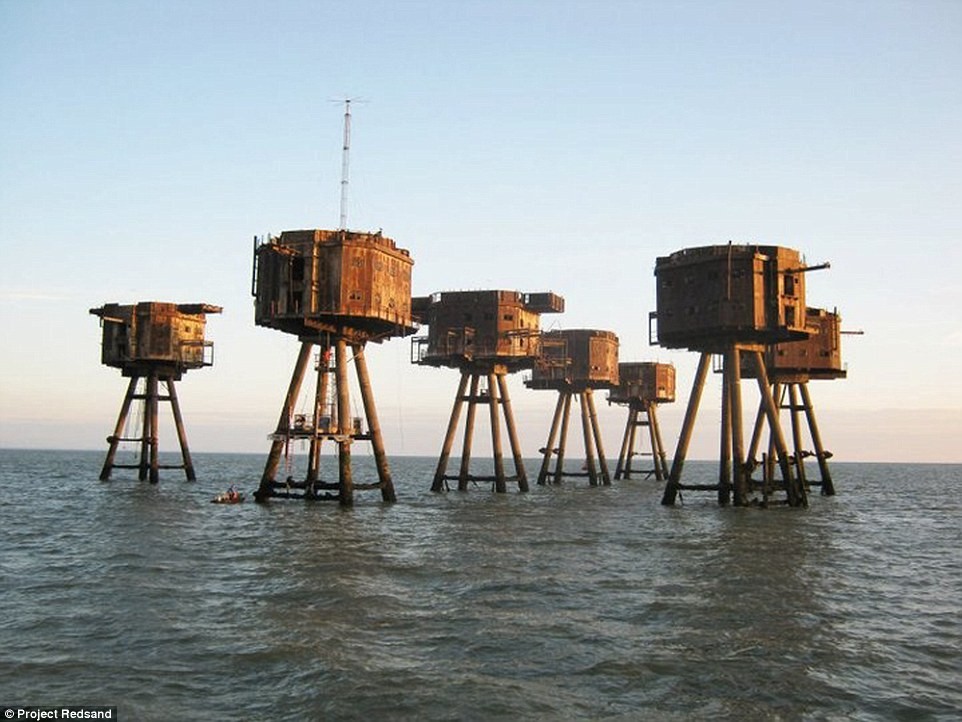Diagnosing Breast Cancer
Some of the procedures and tests used to initially diagnose breast cancer include:
- mammogram to screen for breast cancer or further investigate an abnormal reading. This procedure involves having X-rays taken of each breast.
- breast biopsy to determine whether suspicious cells are actually cancerous or not. A sample of the breast cells are removed and sent to a laboratory for testing.
- breast magnetic resonance imaging (MRI) to have magnetic radio waves create internal photographs of the breast for more detailed analysis.
- breast ultrasound to determine if the breast abnormality is actually a tumor or fluid-filled cyst. Sound waves produce internal images of the breast with this test.
Stages of Breast Cancer
Staging is the next step leading to breast cancer treatment. This process, according to sources, involves taking various tests to determine how far the cancer has spread beyond the original tumor.
Breast cancer stages range from small and non-invasive (“stage 0”) to cancer that has spread to other areas of the body, commonly referred to as metastasized. This final level is represented by “stage IV.” Overall, staging breast cancer ranges from 0 to IV.
Tests Used to Stage Breast Cancer
A physician typically determines which tests will be used to stage breast cancer in a patient since not everyone needs all tests. Based on a patient’s condition, a physician will select appropriate tests from the following options:
- mammogram
- breast mri (MRI)
- bone scan
- computerized tomography (CT) scan
- blood test
- chest X-ray
- positron emission tomography (PET)
Breast Cancer Treatments
How far the breast cancer has spread and what kind it is determines how it will be treated. There are several treatment options available and very frequently people diagnosed with breast cancer receive more than one type.
Most women undergo breast cancer surgery and also receive additional alternative treatments. Following are five available breast cancer treatments. They are:
- breast surgery
- chemotherapy
- hormonal therapy
- biological therapy
- radiation
Breast Surgery Treatment
Several types of breast surgeries are available as treatment options. Based on the type of tumor a woman has and her diagnosed staging, the following surgeries may be recommended by her physician:
- lumpectomy to remove the tumor and a small area of surrounding tissue
- mastectomy to remove all breast tissue including the breast(s) itself
- sentinel node biopsy to remove and test a lymph node(s) that was found in the infected area and received lymph drainage from the cancer
Chemotherapy Treatment
Chemotherapy is a breast cancer treatment in which a combination of medicines, via an intravenous (IV) tube and/or pills, is used to directly destroy or shrink cancer cells.
Hormonal Therapy
Hormonal therapy blocks cancer cells from receiving hormones needed to thrive and grow. This method of treatment affects the type of breast cancer that is sensitive to and feeds on hormones.
Biological Therapy
Biological therapy helps to control individual side effects caused by breast cancer drugs by working in conjunction with a woman’s immune system to help it fight and kill the disease. Other treatment methods focus directly on destroying cancer cells, but biological therapy supports the body’s natural attack mechanisms to kill breast cancer cells.
Radiation Treatment
High-powered rays specifically target the area of the body where breast cancer cells have been located to kill them. The potency and energy of the beams used in radiation treatments are very similar to those of X-rays.
Surviving Breast Cancer
A diagnosis of breast cancer no longer means that a woman will automatically lose the battle for life to the disease. Informative consultations with physicians, medical personnel, family, friends, and support groups help to lessen the heavy load of fear and devastation. Self-education also tremendously frees binding thoughts of doubt and the unknown.
Unlike times past, numbers of breast cancer survivors continue to increase daily. They arise to salute life because of on-going medical breakthroughs and breast cancer treatments, but most importantly, they survive because of their will to live and the fire to fight back!



